LADA’s Summer Programme: Week 4
- Date
- Monday 29 Jun 2020 - Monday 06 Jul 2020
- Location
Online
- Price
- Free
Black Lives Matter – Please contribute to a cause that’s important to you where you can, whether it’s financially, in-kind, or through direct action. Here are a few suggestions: Ways you can help, a master list of donations, petitions, and resources from the US; Split a donation between 70+ community bail funds, mutual aid funds, and racial justice organizers in the U.S; The National Mikey Powell Memorial Family Fund, supporting families and campaigns affected by custody deaths in the UK; Donate to Black Lives Matter UK, a coalition of Black liberation organisers across the UK.
LADA's Summer Programme
During these times we strive to remain a resource for our community by keeping our calls open, developing new opportunities for artists to be artists, offering a wide range of free resources, and developing this online Summer Programme that draws upon the incredible resources and resourcefulness of the artists and organisations who work with, around, and for Live Art.
Online this week
Available from Monday 29 to Sunday 05 July only, the fourth week of our Summer Season features works by:
- Once More With Feeling: Ally Poole
- LADA Patron: Anne Bean
- LADA Patron: Raimund Hoghe
- LADA Screens Greatest Hits: Curious and Andrew Kötting
- LADA Screens Greatest Hits: George Chakravarthi
- LADA Screens: Keith Khan
- About LADA’s Summer Programme
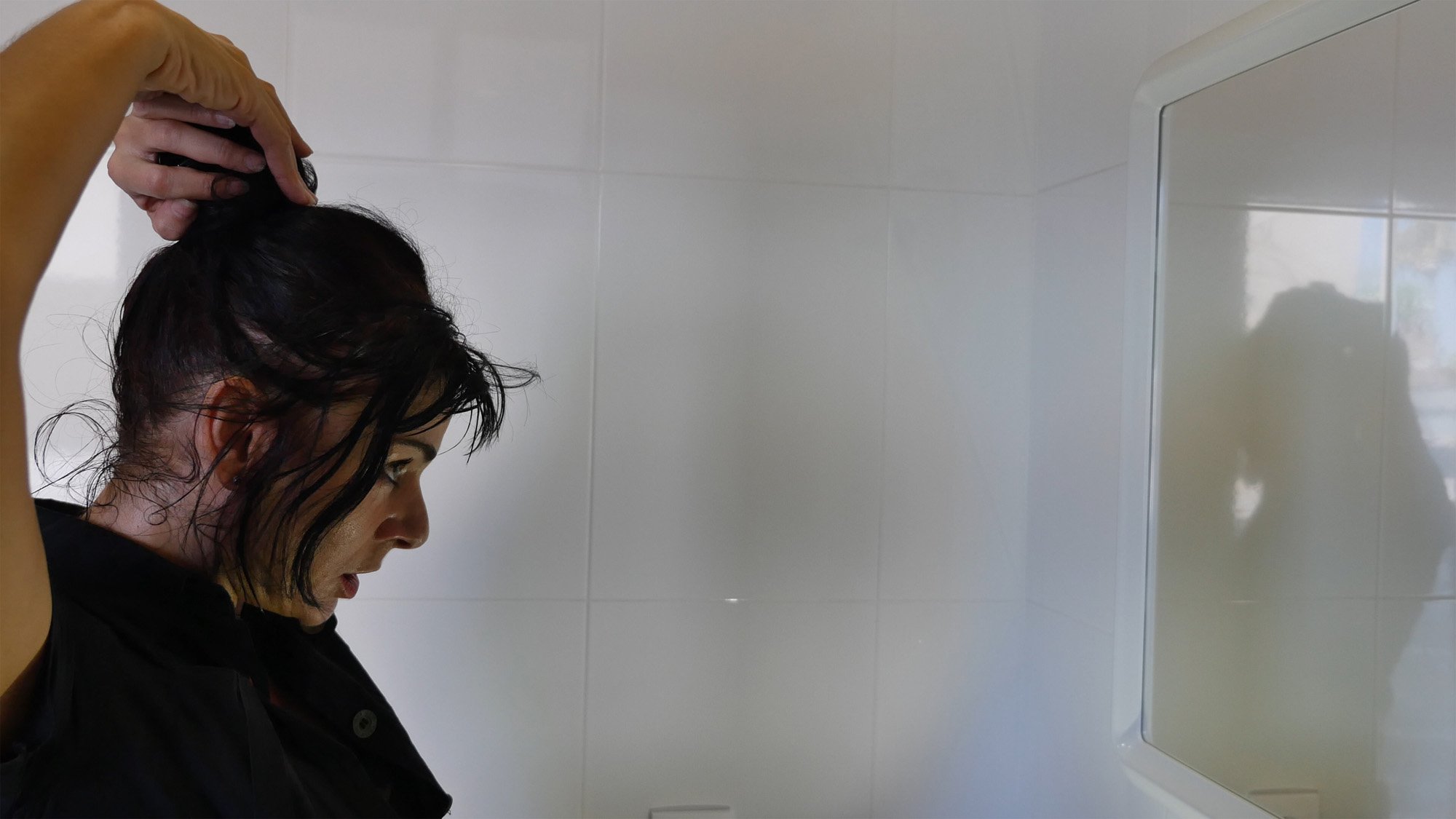 'Z', Keith Khan, 2020. Still from video. LADA Screens, 2020. Image courtesy of the artist.
'Z', Keith Khan, 2020. Still from video. LADA Screens, 2020. Image courtesy of the artist.
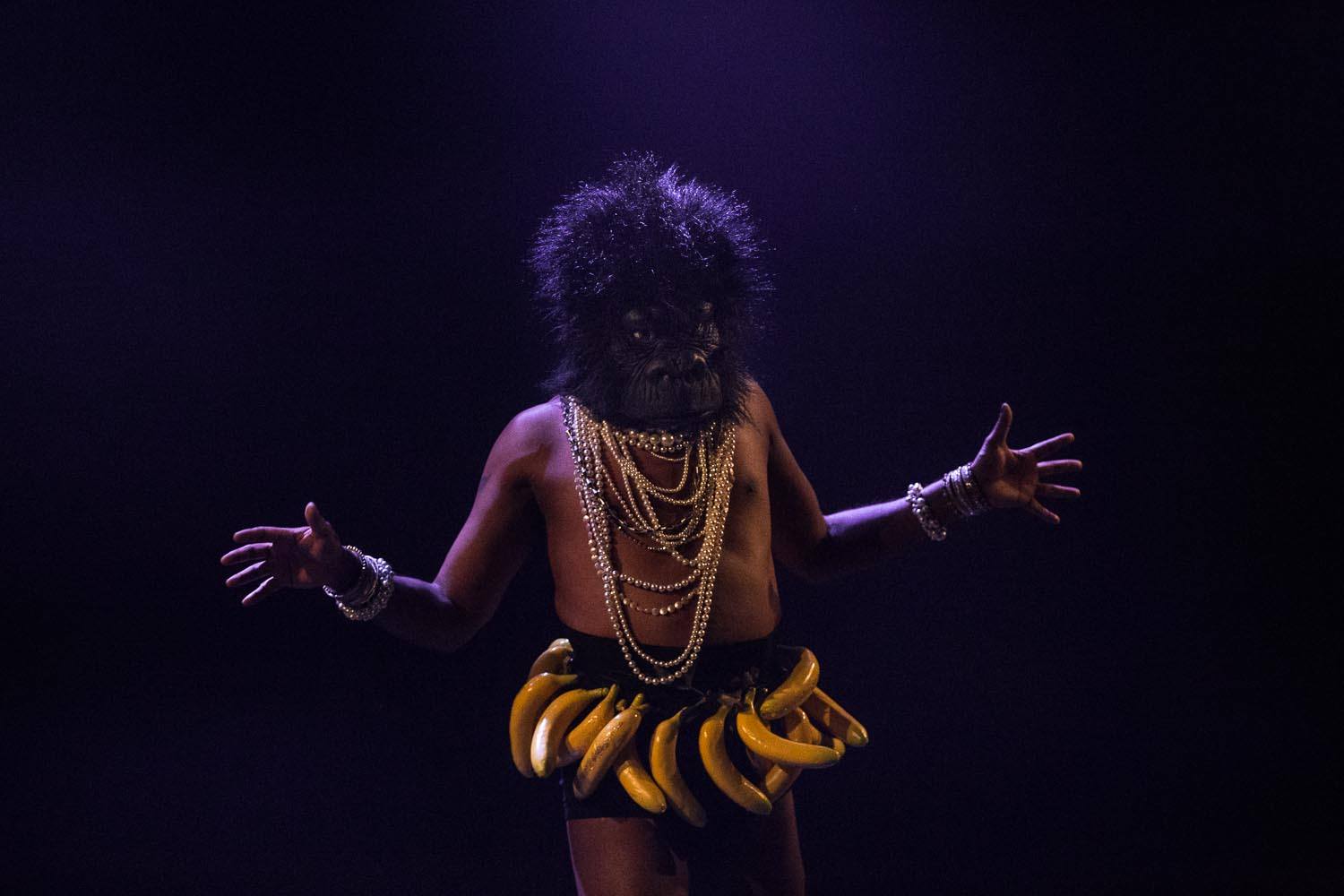 George Chakravarthi, JLAW:London Edition. Image by Alex Eisenberg
George Chakravarthi, JLAW:London Edition. Image by Alex Eisenberg
Ally Poole
45 Beats: A Soundwalk in the Dark
45 Beats: A Soundwalk in the Dark is presented for headphones. An anonymous voice, leads the listener through an unnamed woods, where the listener falls through leaves and is taken through several narrated sensorial worlds. The journey pushes the conflict between reality and fiction, the improbability of time and becoming a person that you are not. The piece is a response to Janet Cardiff and her series of soundwalks.
“Soundwalking is a creative and research practice that involves listening and sometimes recording while moving through a place at a walking pace. It is concerned with the relationship between soundwalkers and their surrounding sonic environment.”
–Janet Cardiff
“My intent was to take this principal of soundwalking and create a piece for an individual, to be experienced in total darkness. So, a soundwalk, without the walking.”
–Ally Poole
Biography
Ally Poole is a multidisciplinary artist working between the US and the UK. Her practice is an exploration of being both performer and sound artist utilizing sound to transform space. Her work is a blend of live art, theatre and installation while covering issues of race, politics and pop culture through her perspective as a Black American. Ally is a graduate of the Royal Central School of Speech and Drama where she received an MFA in Advance Theatre Practice. https://www.allypoole.com
45 Beats: A Soundwalk in the Dark was invited by LADA for Once More With Feeling, an online programme of four instruction pieces and performance re-enactments. Originally commissioned for Fringe Arts Bath Co.Lab Sound Exhibit on 22 May – 07 June. Further works will be presented in the following weeks of LADA’s Summer Programme.
Anne Bean
You can see further in the dark.
“Please listen in the dark or with your eyes closed, not in front of a screen. Written on April 10 2020, the piece is 15mins long. With thanks to Nicol Parkinson.”
-Anne Bean
The art of Anne Bean makes strange our sense of time, memory, language, the body, and identity, particularly through solo and collaborative performances along a vital continuum between art and life. Bean is a noted international figure and LADA artist Patron who has been working actively since the 1960s.
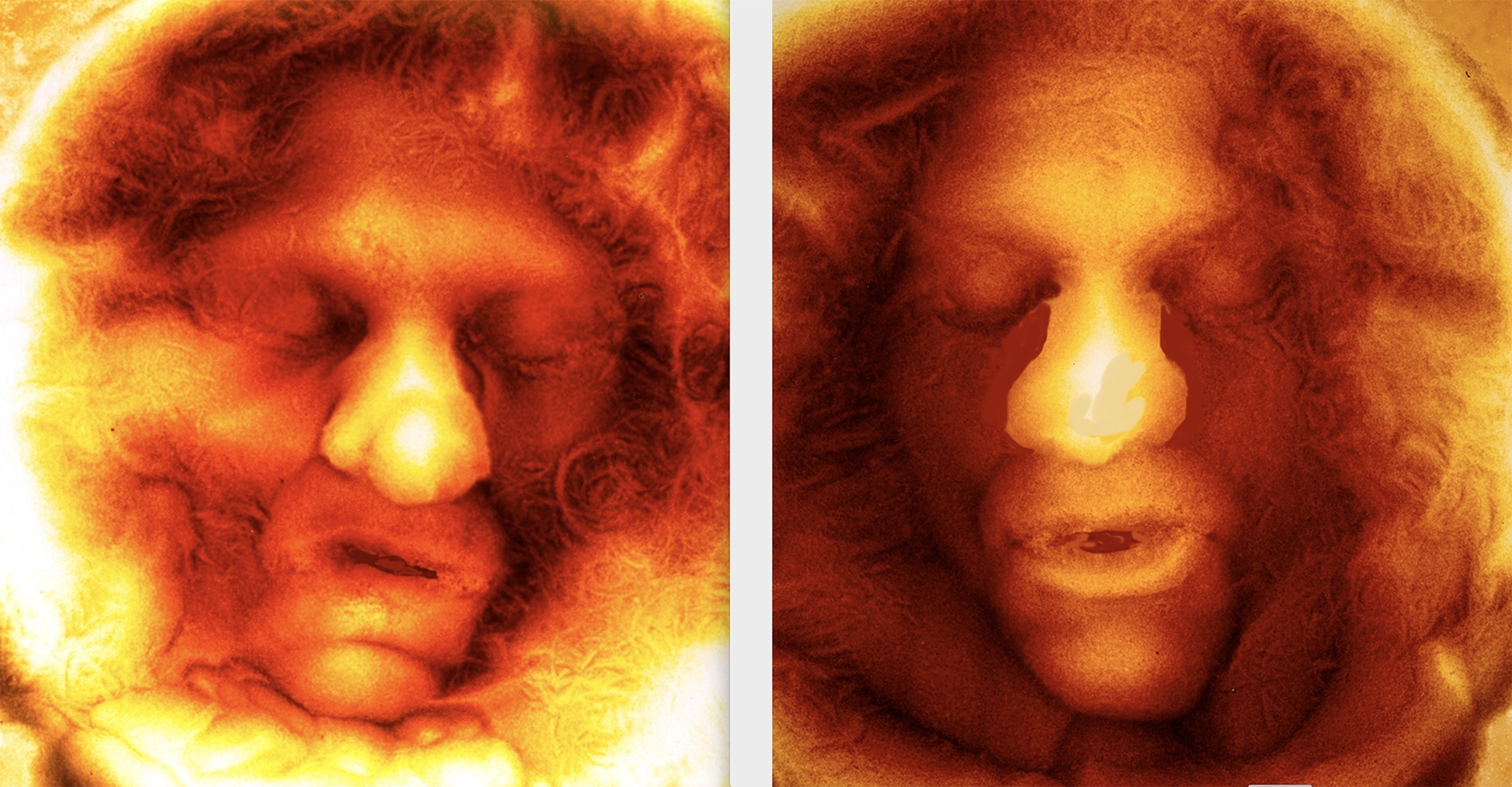 Anne Bean, 'Under my breath', 1994. Face imprints in sugar on back-lit glass.
Anne Bean, 'Under my breath', 1994. Face imprints in sugar on back-lit glass.
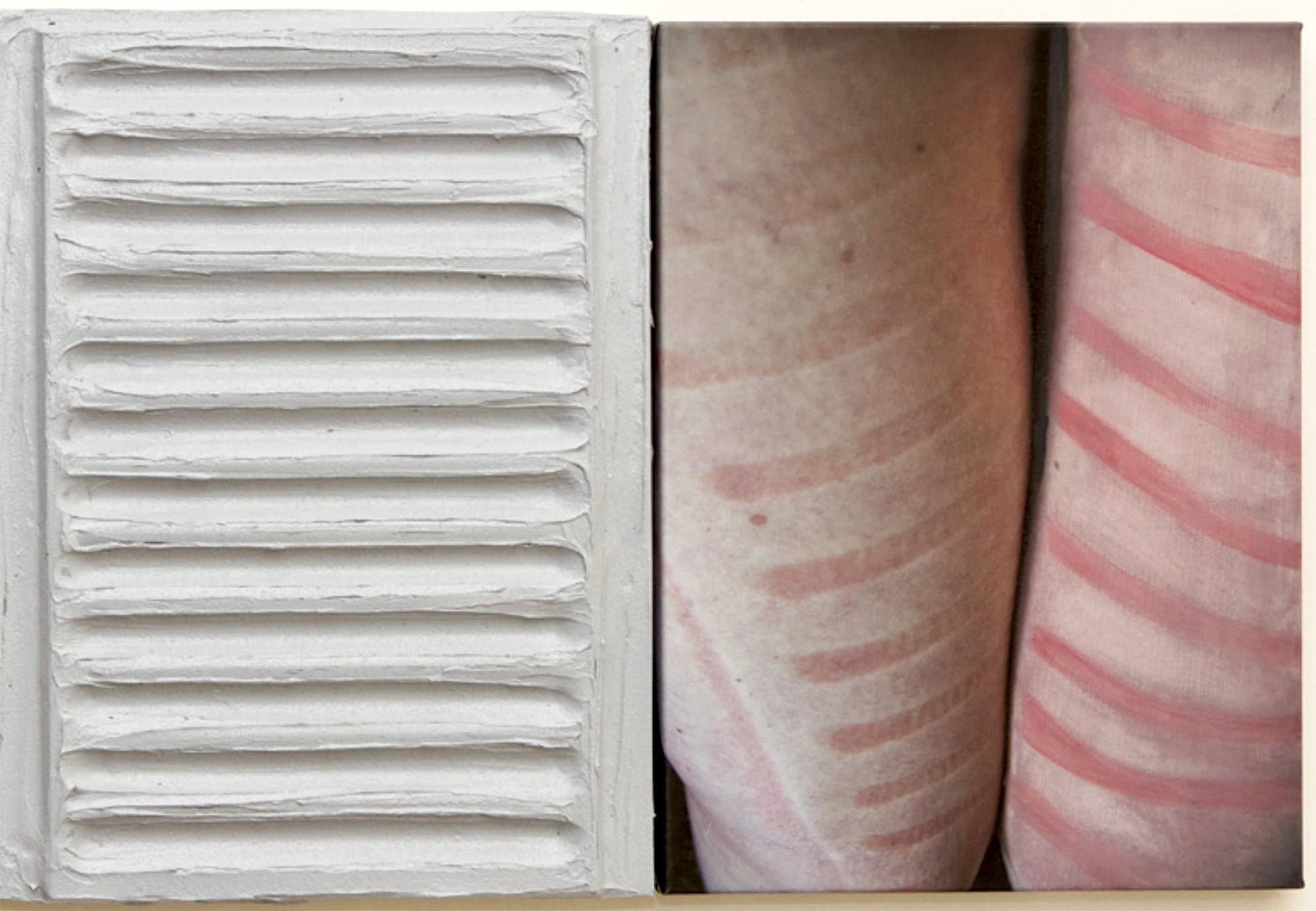 Anne Bean, 'Deep Impressions', 2012. Cement/sand with acrylic medium and photograph.
Anne Bean, 'Deep Impressions', 2012. Cement/sand with acrylic medium and photograph.
Raimund Hoghe
Writing with words and bodies, 2019
Raimund Hoghe is one of LADA’s artist Patrons. From 1980 to 1989 Hoghe worked as dramaturge for Pina Bausch’s Tanztheater Wuppertal. Since 1989 he has worked on his own theatre pieces for various dancers and actors. He began his longstanding collaboration with the artist Luca Giacomo Schulte in 1992. In 1994 he produced his first solo for himself, “Meinwärts”, which together with the subsequent “Chambre séparée” (1997) and “Another Dream” (2000) made up a trilogy on the 20th century.
Hoghe frequently works for television on projects such as “La jeunesse est dans la tête” for ARTE (2016), “Lebensträume” (ZDF/3sat 1994) and 1997 “Der Buckel”, a hour-long self portrait for WDR. His books have been translated into several languages and he has presented his performances all over Europe, as well as in North and South America, Asia and Australia. He has been awarded several prizes including the “Deutscher Produzentenpreis für Choreografie” in 2001, the French Prix de la Critique in 2006 for “Swan Lake, 4 Acts” (in the category “Best Foreign Piece”). Books about his theatre works were published in France, Germany, Great Britain and the United States – including Throwing the Body Into the Fight: A Portrait of Raimund Hoghe, published by LADA and Intellect Books. Raimund Hoghe lives in Düsseldorf.
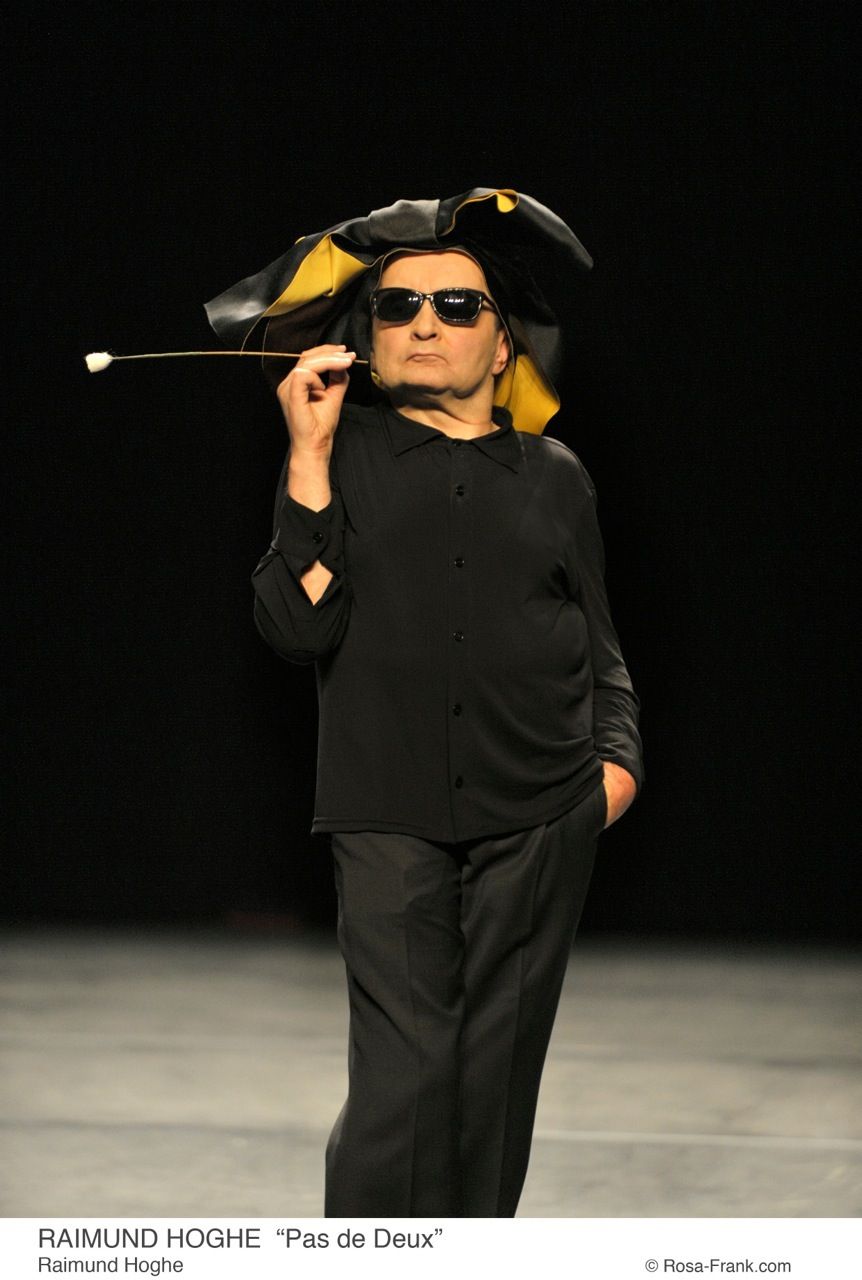 Raimund Hoghe. Image by Rosa Frank.
Raimund Hoghe. Image by Rosa Frank.
Curious and Andrew Kötting
Landfill, 2011
An idyllic location, a perfect spot, but something just isn’t quite right, something doesn’t fit. Shot on the crumbling cliffs of Beachy Head, Landfill plays out as a Beckettian post-apocalyptic dialogue as two women sink, at an erosive pace, into a fissure. Time-lapse cinematography charts their descent as they try to puzzle out what went wrong and whether or not it was their fault.
Landfill was first screened in 2016 by Live Art Development agency as part of the LADA Screens programme, a series of online screenings of seminal performance documentation, works to camera, short videos, films and archival footage.
Biographies
Curious is directed by Helen Paris and Leslie Hill. Since 1996 Curious has produced over fifty works embracing performance, publication and film. The work has been presented and supported by events and institutions including: the Royal Shakespeare Company, Sydney Opera House, Guling Street Avant-Garde Theater, Taipei, Center for the Contemporary Arts, Shanghai and the British Council Showcase at the Edinburgh Festival. Curious projects are global and domestic, sometimes large, sometimes small in scale. Intimacy and a shared sense of encounter with an audience are always an important element. Performing Proximity: Curious Intimacies is published by Palgrave Macmillan, 2014. Paris and Hill are professors of performance making at Stanford University. Curious is produced by Artsadmin.
Andrew Kötting is an award winning artist-filmmaker who after leaving school worked as a scrap metal dealer and then a lumberjack before returning to college to study and MA in Fine Art, at The Slade. He made his first feature film Gallivant in 1996 – a nine month journey around the coast of Britain on which he was accompanied by his grandmother Gladys and daughter Eden. Subsequent feature films, installations and performances include This Filthy Earth, Ivul, Mapping Perception, In The Wake of a Deadad, This Our Still Life, Swandown and By Our Selves. He currently lives and works between Hastings in England and Fougax-et-Barrineuf in the French Pyrenees.
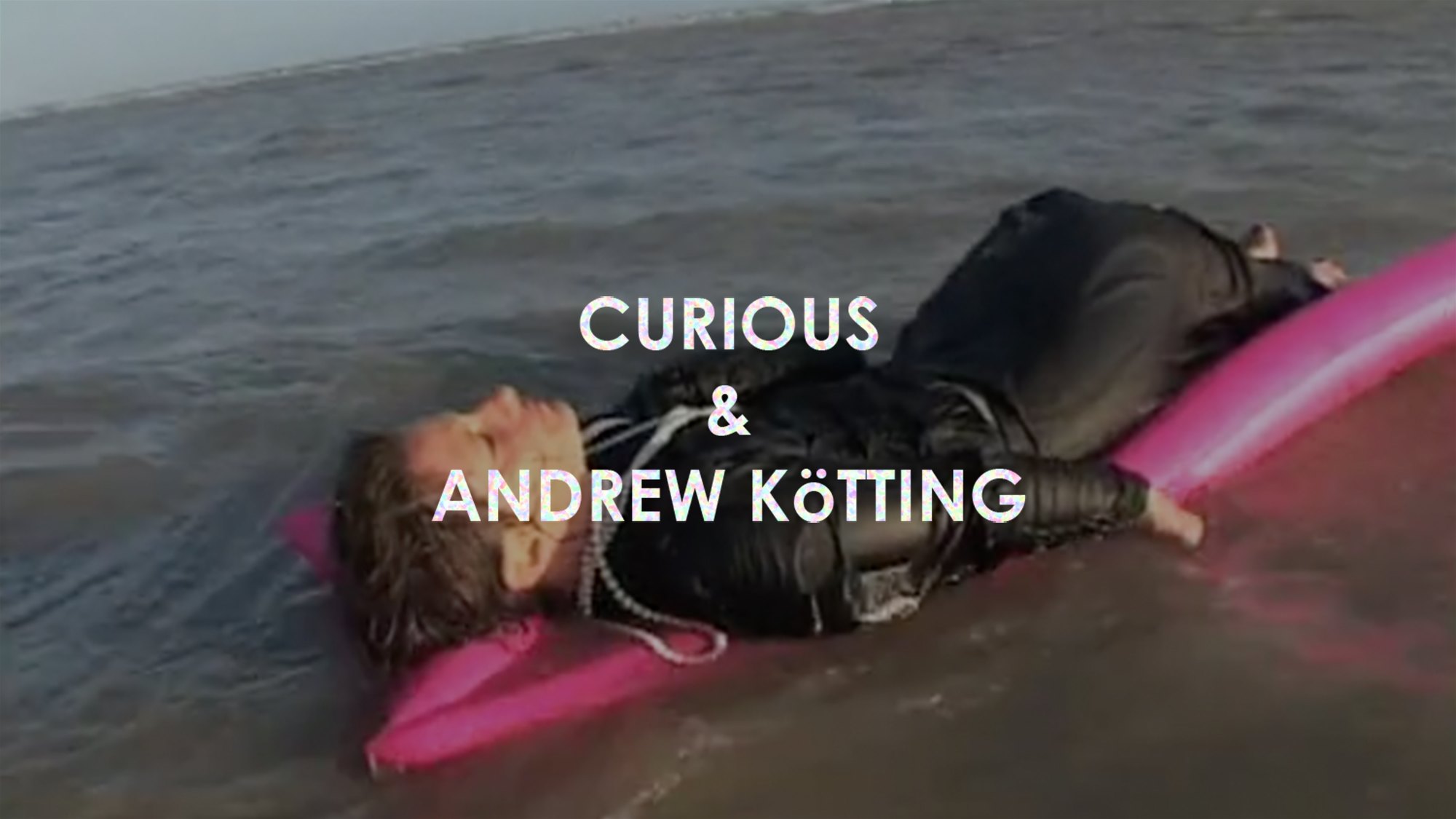 Sea Swallow’d by Curious and Andrew Kötting.
Sea Swallow’d by Curious and Andrew Kötting.
George Chakravarthi
Barflies
Originally a three-screen installation, Barflies offers representations of different femininities embodied by transvestites and cross-dressers, the pleasures, fears and dangers of being in public ‘en femme’ and the relationship they have with the cisgender heterosexual male.
The different classifications of Maureen, Claire and Jasmine signify some of the variations found within feminine identities in the transvestite/cross-dressing communities. Barflies also highlights the specificity of TV/cross-dressers in relation to public, social spaces. Many people assigned female at birth do not feel comfortable alone in bars because of the threat of unwanted attention from cisgender heterosexual men. Being out in a social space such as a bar for most TV/cross-dressers is often celebrated as a triumph, where a mixture of fear and delight may be experienced through a public expression of one’s female self.
Recorded on telephone chat-lines, the soundtrack offers an intimate undercurrent to the unedited footage. Transvestites, transsexuals, cross-dressers and their seekers engage in conversations which interlace the private, confessional and sexual.
Barflies was most recently screened by the Live Art Development Agency in 2018 as part of the LADA Screens programme, a series of online screenings of seminal performance documentation, works to camera, short videos, films and archival footage.
George Chakravarthi’s artistic practice spans almost two decades of live performance, video installation and photography. Predominantly engaging with the politics of identity and representations of the self, the works often cross and renegotiate the restrictions of space, culture and heritage.
Barflies – An Afterword
Simply shot on a mini DV camera, wedged by the optics behind the bar between the upside-down spirits and above buckets of ice and lemon, the most difficult aspect of making Barflies was to get venues to permit filming on their premises. 9/11 had just happened and the fear that the devastation had escalated meant that all public spaces were on high alert. Everyone, especially if you were brown, was treated with suspicion and blame. London was congested with security at every corner and the number of CCTV cameras seemed to double overnight. Determined to make this work as conceived, just weeks before the disaster, I started the research and preparations. The conversations with bar managers and pub owners about the context and details of the work were frustratingly lengthy and met with concerns and ultimately rejection. However, I did manage to persuade a few bars, which met my requirements and their demands. Filming commenced having confirmed three specific types of venues. I secured the use of a traditional English pub, a more modern bar and a bar/night club – all ‘straight’ social spaces in predominantly white areas.
The production was simple and straightforward. I would arrive dressed, with fully charged camera batteries and an assistant. Having researched the space on previous visits, all decisions had been made about composition, angles and the best spots at the bar for traffic flow and lighting (no extra lights or any other technical equipment were allowed by the venue or used). My assistant would help me set up the camera while I arranged myself in position, she would press record when ready and sit at the far end of the bar to keep an eye on things. She would also give me a countdown of the running time using her hands when I casually glanced over at her during shooting. The mini DV tapes were limited to 60 minutes, so it was crucial not to waste any time once the camera had started rolling. Each individual scene is one hour long to make the triptych.
The exits were easy. I would get up and leave the bar (as seen) and my assistant would turn the camera off, take it off the shelf and find me in a dark corner somewhere, emotionally drained and relieved! We did this several times over weeks, sometimes it wouldn’t work; the bar would remain empty for hours, meaning we’d have to rewind the tape and start again or the alchemy of what I was trying to capture would not manifest.
The soundtrack was recorded over the telephone using a pick-up, a tiny cable running from the landline handset to a music system and onto a cassette. I would call telephone chat-lines catering to ‘trannies’, CDs (crossdressers) and their ‘seekers’. The messages I listened to and the conversations I engaged in were predominantly sexual but sometimes confessional, uncomfortable and moving. I was aiming to achieve a fine balance, which layered the visible (screen) and the invisible (soundtrack), to reveal and bind the externally presented and internally shrouded identities.
I don’t often look back at work once it’s complete and exhibited and it’s near impossible to return to the driving force, which led the work. However, having it re-screened seventeen years on inspires me to re-evaluate and analyse the work in hindsight and in current contexts and developments. It seems now, that the piece encapsulates other possibilities, which shift and transform from screen to screen and frame by frame. Art is often received within its historical context, offering a glimpse of what’s been attended to; Barflies somewhat inscribes the evolution of current movements with relevant insights. What comes forth now is the ambience of shame and repulsion, conventional European ideals of beauty and femininity, social strata and misogyny.
The three trans personas had names, Maureen, Claire and Jasmine. Maureen was a transvestite and unapologetically masculine. Claire was a transsexual/transwoman, and Jasmine, somewhere in-between and somewhat larger in life and sexuality. Each one was based on individuals I had met or observed in niche bars and clubs. It was fascinating to sketch and create these identities. They evolved through a number of stages and costumes but versions of these archetypes are still prevalent in underground trans spaces and fetish clubs.
What transpires with Barflies now, particularly in the context of the social media phenomenon, is the indiscriminate disclosure each frame and recorded conversation exemplifies. The compulsion to overshare, often risky expressions of vulnerability and the intemperate outbursts of our internal worlds propelled by our need for connection and validation, can all be witnessed on the three screens. Maureen, Jasmine and Claire ask to be seen, accepted or celebrated. One could perceive Barflies as one of the earlier, real-life attempts to engage in these dialogues, though unlike and without the somewhat remote safety of our contemporary digital devices.
The dangers, of course, are elevated when putting your physical self, centre stage in a physically crowded space, as experienced while making the piece. The risks of humiliation, rejection and even violence are high. As Maureen, this was particularly palpable and is evident on screen. This facet of the work required some level of care and management to generate the footage. Performing and directing Barflies simultaneously was a daunting task. There was a continuous shift and adjustment in my consciousness, from artist, performer, director, to my real identity, governed by specific histories and experiences.
Claire, the central figure in the triptych is what I classify as a transwoman. Being the most socially ‘acceptable’ of the three also meant having to make her conform to western, heterocentric stereotypes in attire and social behaviour. She is not overtly sexual, feminine but not too feminine and friendly but reserved. Her acceptability was reinforced by the numerous positive interactions with males and females. Her vulnerability surging throughout at the danger of being ‘found out’. I enjoyed being Claire. She integrated easily, blending into the moving traffic of people. I sometimes became the backdrop of the piece and the punters the cast. I experienced, in small but significant ways, the joys of natural and easy exchanges, albeit at the cost of keeping my gender identity hidden.
The fetish for ‘trannies’, CDs (crossdressers) and transwomen is prevalent in our culture as evidenced in the soundtrack. My experience as Jasmine can further corroborate the fascination with ‘chicks with dicks’, a term commonly used in pornography and also by callers on the soundtrack. As Jasmine, I felt strangely and simultaneously empowered and vulnerable. The very high heels made me appear tall and imposing and gave me the bravado required to express this persona. I was brazen and sexually indiscriminate, which commanded attention and fear at the same time. Men behaved badly around me; pushy, insistent and competitive. Though this gave me a certain thrill and helped shape the work, it also made me feel objectified and distrustful. This was perhaps the biggest insight into the cisgender male psyche in the given space and context. I became compelled to bridge attraction with meaningful conversation in my exchanges, though the primal male gaze was adamant and overbearing. There was little beyond or between being surveyed and approached and I was consistently aware of the possible consequences of enticing an ill-judged interaction.
Barflies is also about race. Depending on the viewer’s experience, awareness and sensibility, it exposes micro-nuances about race and indeed offers other readings beyond what is detectable. Unlike much of my practice, race was not at the fore of this work. I was interested in gendered social spaces and trans visibility. My race is visible and a given, and there is very little to add to the historic and existing discourses about race in this instance. However, it is important to highlight the othering of melaninated people in predominantly European social spaces and the compromise of selfhood for social acceptance. Sadly, the sentiments regarding race are renewed and kept fuelled by each generation. Whether it be 9/11 seventeen years ago, Brexit or the Donald Trump administration. One thing is for sure, melaninated transgender and gender non-conforming people face the highest levels of discrimination.
The devastation of Covid19 offers yet another, perhaps globally relatable reading of Barflies. As the world re-evaluates the future of social spaces and distancing, the possibilities of generating contact-based work, is perhaps a bygone artform and strategy. During this time of self-isolation, I have come to understand and appreciate my early photographic self-portraiture work from the perspective of solitude. The model required isolation, for days sometimes. I would be happily locked-in with my 35mm camera, a tripod, cable release and some low-fi lights, constructing and deconstructing myself for each image.
In fact and again, it seems that social media and the phenomenon of the ‘selfie’ is already engaged in this discipline, albeit with mostly frivolous intentions through disposable apps offering immediate results and gratification through ‘likes’.
In the current epidemic, perhaps the reading of Barflies has a layer of nostalgia for the world BC (Before Coronavirus) and an appreciation for a world without filters, masks and penalties for basic and important human rights.
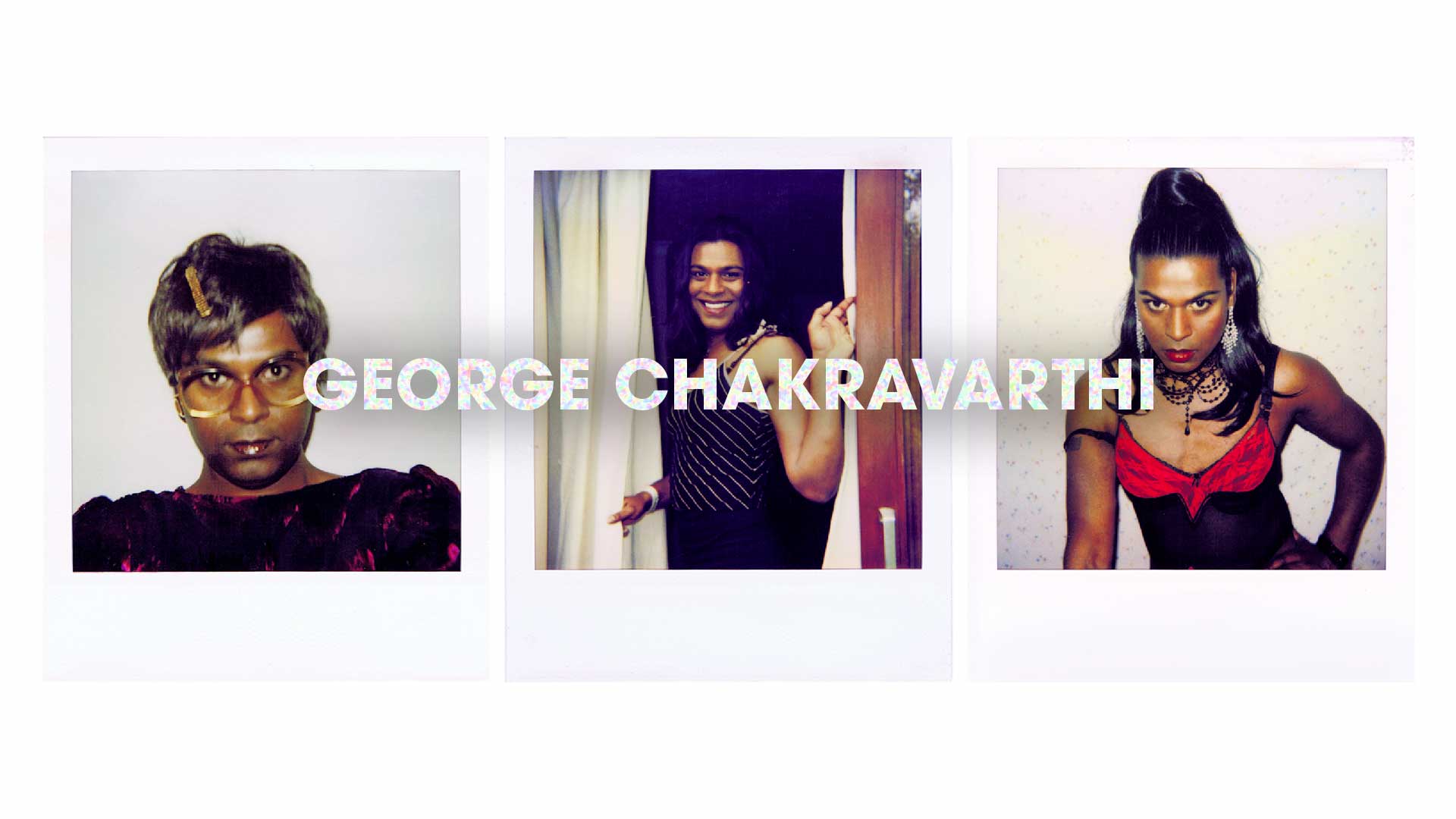 LADA Screens - George Chakravarthi
LADA Screens - George Chakravarthi
Keith Khan
Keith Khan’s new film Z is our summer LADA Screens. Z is inspired by the movements of penitence and suffering of devotional rituals in Spanish Catholicism. Z is available to watch online until July 19, accompanied by a filmed conversation with Khan.
Watch 'Z'
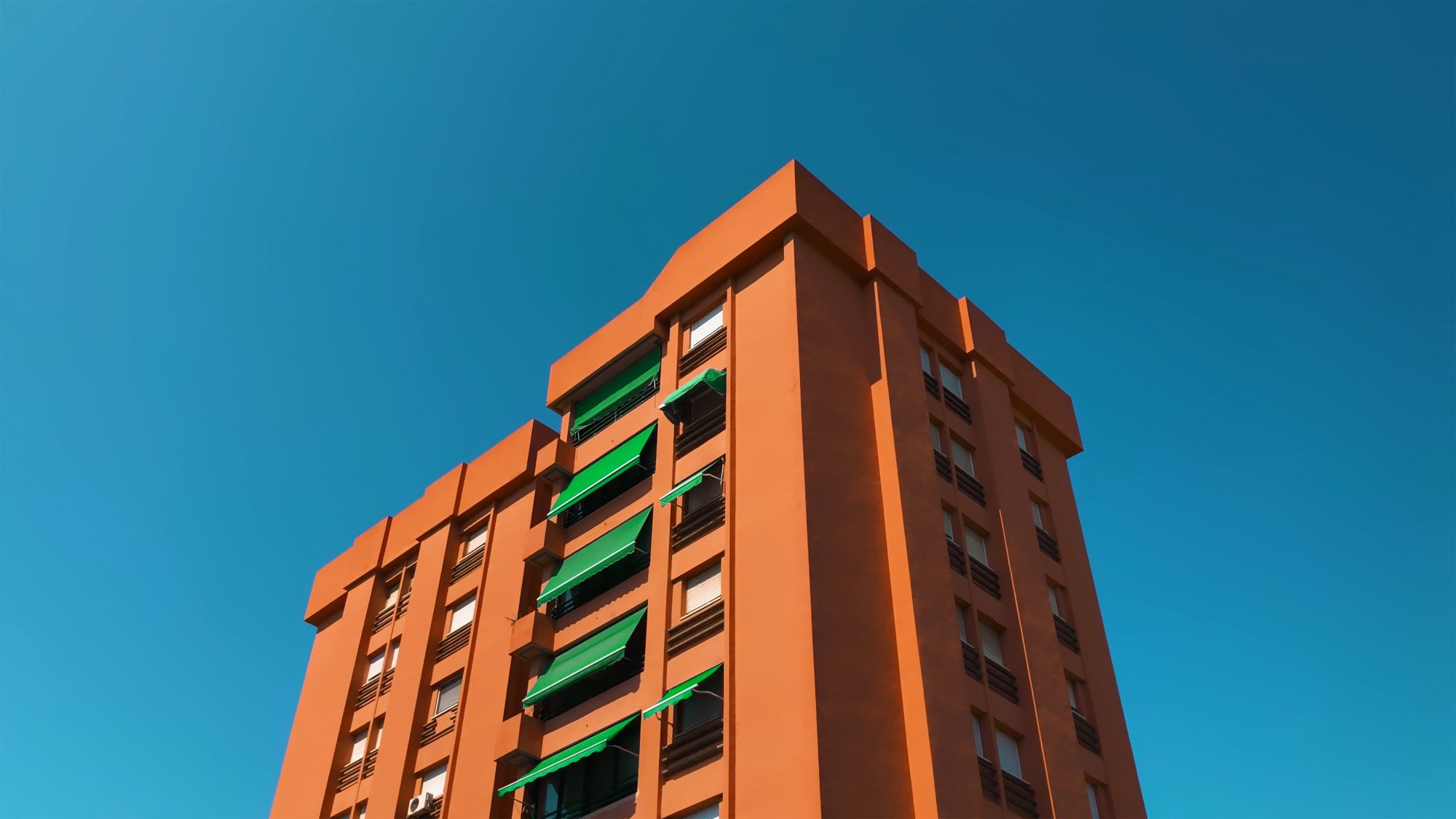 'Z', Keith Khan, 2020. Still from video. LADA Screens, 2020. Image courtesy of the artist.
'Z', Keith Khan, 2020. Still from video. LADA Screens, 2020. Image courtesy of the artist.
Summer Programme
Between Monday 8 June and Sunday 19 July, LADA is presenting an online Summer Programme – weekly offerings of screenings, talks, presentations and ‘live’ online events that draw upon the incredible resources and resourcefulness of the artists and organisations who work with, around, and for Live Art. This programme will include contributions by LADA’s artist Patrons, a selection of LADA Screens Greatest Hits and the presentations of Once More with Feeling – a series of instruction and reenactment pieces commissioned by LADA during the Covid-19 pandemic.
During these times we strive to remain a resource for our community: responding to the pandemic, and the associated states of isolation, lockdown and distancing, LADA has compiled this ongoing list of support and resources for artists and arts workers, have sought proposals for two online, collaborative home-based residencies, and begun a series of ‘Lockdown Lists‘ which draw attention to the ways in which contemporary and historic Live Art practices speak to the issues and conditions of lockdown.
Check out LADA's Summer Programme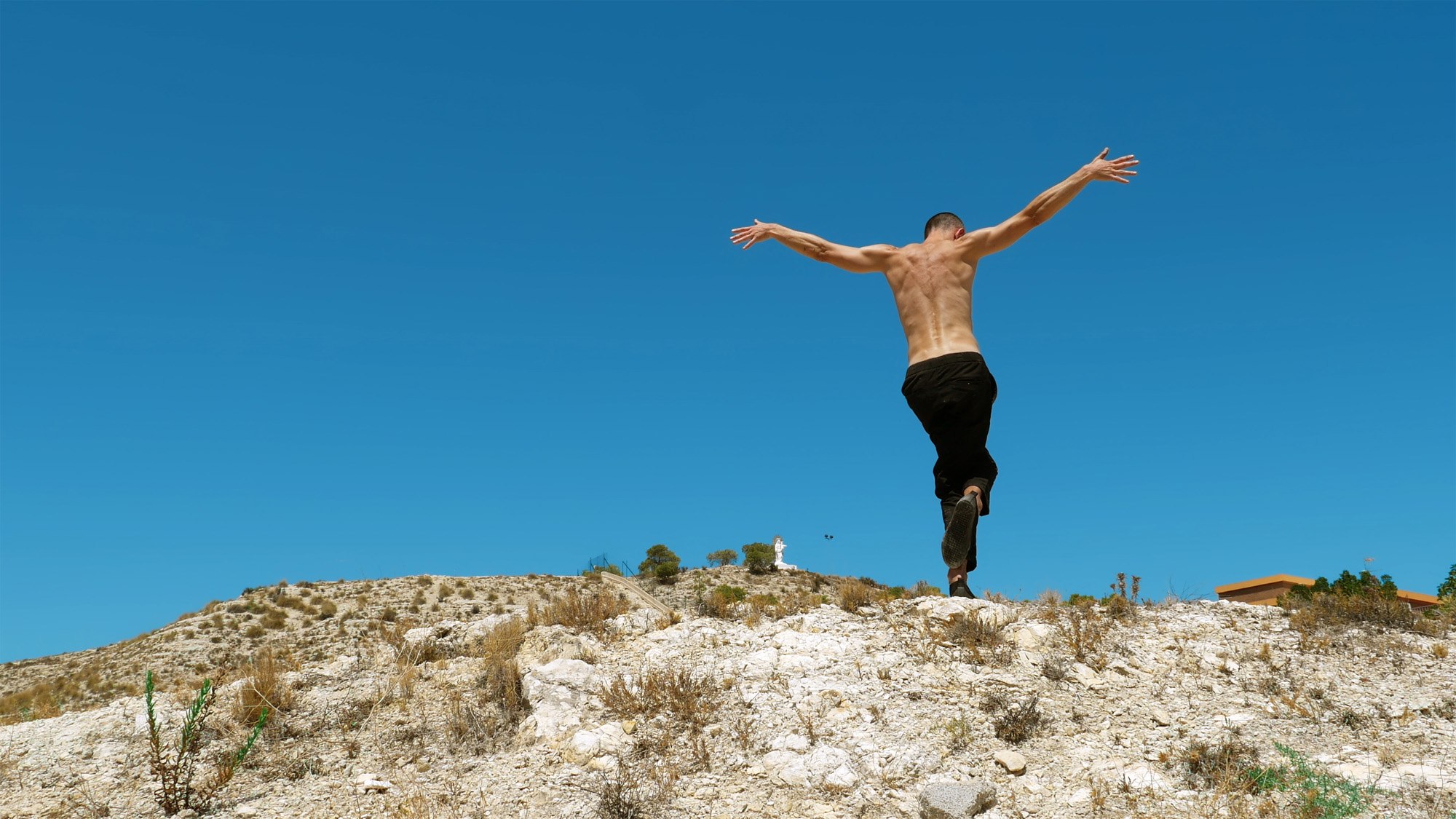 'Z', Keith Khan, 2020. Still from video. LADA Screens, 2020. Image courtesy of the artist.
'Z', Keith Khan, 2020. Still from video. LADA Screens, 2020. Image courtesy of the artist.
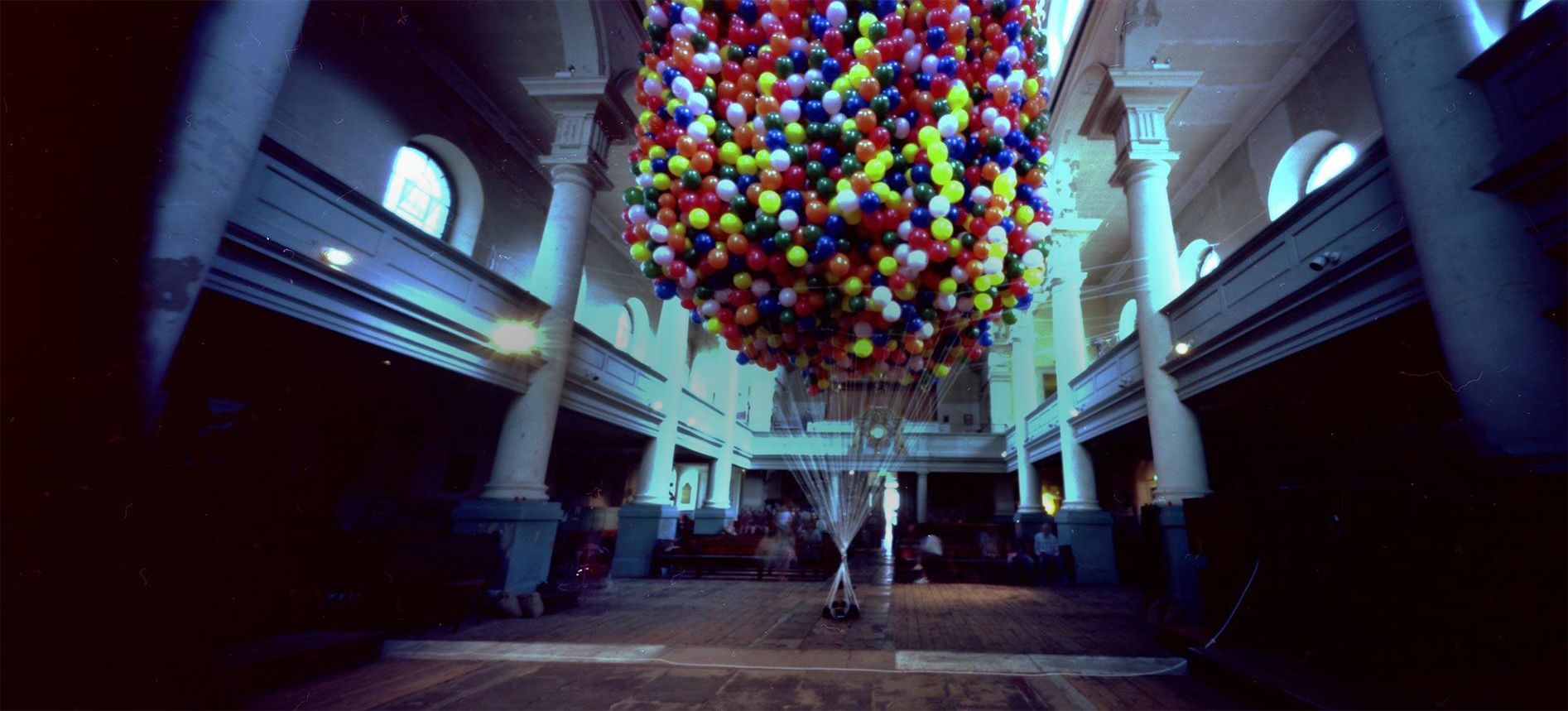 Cherophobia, Noëmi Lakmaier, 2016. Pinhole image by Tina Rowe.
Cherophobia, Noëmi Lakmaier, 2016. Pinhole image by Tina Rowe.
Banner image credit:
George Chakravarthi, Barflies. Image courtesy of the artist.
Part of LADA's Summer Programme 2020
A season of weekly offerings of screenings, talks, presentations and ‘live’ online events.
LADA’s Summer Programme 2020
A season of weekly offerings of screenings, talks, presentations and ‘live’ online events.
Read moreLatest events
Thinking Images: A Short Course in Video Essay Making
15 Jan 2026 - 14 Mar 2026
Five-week course with film scholar and video essayist Dr. Darren Elliott-Smith, exploring the innovative practice of Video Essay creation as a cutting-edge development in film criticism.
Read moreWalking Each Other Home: Online workshops with Stacy Makishi and Lois Weaver
11 Jan 2026 - 25 Jan 2026
As part of her year-long participatory project Walking Each Other Home, Stacy Makishi will lead three online workshops with collaborator Lois Weaver, exploring where and how we gather.
Read moreLive Art Bookshop x Queer and Feminist Zine Spirits Across Borders
13 Dec 2025
Join us for a performance lecture, a screening of Unbound Zine and Q&A with the director.
Read moreLive Art Mixer: Zine Workshop with Artizine & Mini Zine Fair
13 Dec 2025
Join us for a two-hour zine workshop, and shop printed matter from three Sino-diasporic publishing platforms.
Read moreLive Art Bookshop (Revisited): Katherine Araniello’s The Dinner Party Revisited
05 Dec 2025
Join us for an evening of readings, screenings and a performance offering from Tamm Reynolds, reflecting on Katherine’s legacy.
Read moreLive Art Bookshop (Revisited): Tara Fatehi’s Mishandled Archive
07 Nov 2025
Join us to mark the 5 year anniversary of Tara Fatehi’s Mishandled Archive.
Read moreLive Art Bookshop: Fat Body Work Book Launch
29 Oct 2025
Join us for the launch of Charlotte Cooper’s new book Fat Body Work with a reading, book signing, the world premiere of Nuidey, and a rare screening of SWAGGA.
Read moreDo It Together Information Sessions
17 Oct 2025 - 21 Oct 2025
Free online sessions for artists and practitioners applying to the nation-wide Do It Together peer-to-peer professional development programme.
Read more